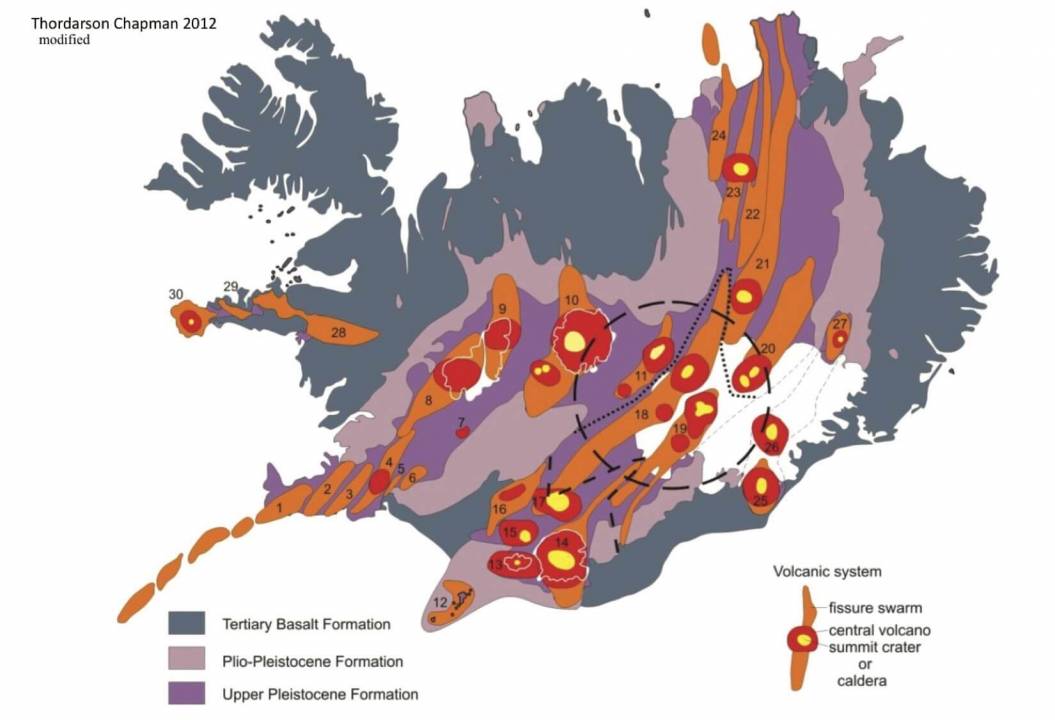A powerful earthquake swarm has begun on the Reykjanes Peninsula, Iceland on February 24th. Over 10.000 earthquakes have been detected since the beginning of the earthquake swarm.
After the long series of strong earthquakes, magma movement is now also being detected. This increases the risk of a potential volcanic eruption on the peninsula, as long as the earthquake swarm continues.
Iceland is a very famous volcanic island in the North Atlantic. It is one of the most active volcanic regions in the world. As history shows, its eruptions can sometimes have powerful impacts on Europe and the entire Northern Hemisphere.
It has constant earthquake activity because it sits on both the Eurasian and North American tectonic plates. The plates are moving away from each other, tearing the island apart. It is the only place in the world where you can see those two tectonic plates and the Mid-Atlantic Ridge above ground.
On the image below, you can see where the spreading Mid-Atlantic ridge is passing through Iceland (orange strands). It enters in the southwest on the Reykjanes Peninsula, going towards the east, where it then turns north. Main volcanoes are marked in red.

The region of main activity recently is the Reykjanes Peninsula. You can see it on the image above, as the western tip of Iceland, where the Mid-Atlantic ridge enters Iceland.
Further reading: Severe Weather Europe

